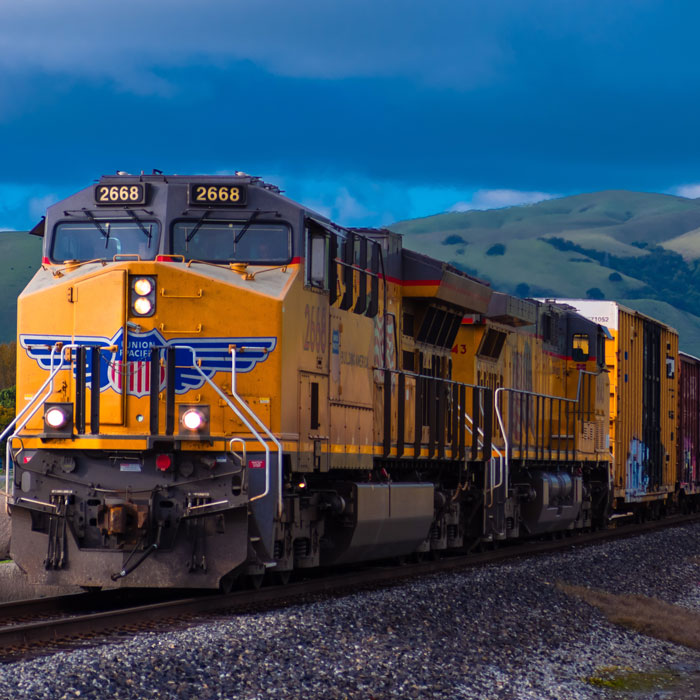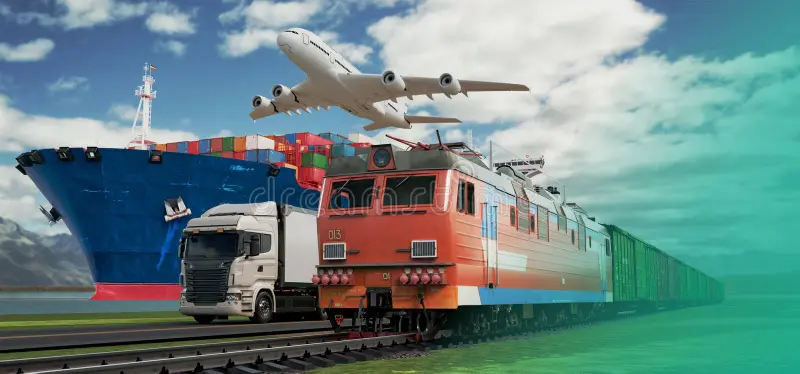- By TOP CHINA FREIGHT
- September 11, 2025
- Rail Freight, Shipping
Table of Contents
Rail freight from China has emerged as a competitive and reliable alternative to sea and air shipping, particularly for businesses seeking a balance between speed and cost. With growing demand for efficient import/export solutions, understanding rail freight options, pricing, and transit schedules is essential for companies shipping goods across Asia and Europe. This guide provides actionable insights to optimize rail freight shipments effectively.

How much does rail freight from China cost?
Rail freight pricing depends on cargo type, volume, route, and seasonality.
| Cargo Type | Standard Rate (per 20ft container) | Notes |
|---|---|---|
| Electronics | $3,000–$4,500 | High-value, low-volume shipments |
| Apparel | $2,800–$4,000 | Bulk, lightweight cargo |
| Machinery | $4,200–$5,500 | Heavy and oversized items |
Which routes are most popular for rail freight from China?
Rail freight routes connect China with multiple European and Asian destinations:
| Origin City | Destination | Transit Time | Frequency |
|---|---|---|---|
| Chongqing | Duisburg, Germany | 15 days | 3–5 per week |
| Zhengzhou | Hamburg, Germany | 17 days | 2–4 per week |
| Yiwu | Madrid, Spain | 18 days | 1–3 per week |
| Wuhan | Warsaw, Poland | 16 days | 2 per week |
These routes provide predictable transit times and reduced shipping uncertainty compared to sea freight.
How does rail freight compare with sea and air freight?

| Feature | Rail Freight | Sea Freight | Air Freight |
|---|---|---|---|
| Transit Time | 12–18 days | 20–35 days | 3–7 days |
| Cost | Moderate | Low | High |
| Reliability | High | Moderate | High |
| Cargo Type | Bulk, machinery, electronics | Bulk, non-urgent | Urgent, high-value |
| Environmental Impact | Low | Moderate | High |
Rail freight is often the best choice for mid-range shipments requiring predictable schedules without the premium cost of air freight.
What documents are needed for rail shipments from China?

Proper documentation ensures smooth customs clearance. Key documents include:
| Document | Purpose | Issued By |
|---|---|---|
| Bill of Lading | Proof of shipment | Carrier |
| Commercial Invoice | Declares cargo value | Exporter |
| Packing List | Cargo details | Exporter |
| Certificate of Origin | Confirms product origin | Chamber of Commerce |
| Customs Declaration | Required for border processing | Customs Authority |
How can businesses optimize rail freight from China?
- Consolidate shipments to reduce per-unit cost.
- Select optimal routes based on transit time, cargo type, and frequency.
- Monitor freight indices to predict seasonal cost changes.
- Use professional freight forwarders for documentation and route management.
- Plan for customs clearance ahead of arrival to avoid delays.
Strategic planning ensures both cost efficiency and timely delivery.
What are common challenges in rail freight from China?
- Limited coverage for some destinations outside major corridors
- Capacity constraints during peak seasons
- Customs clearance delays, especially for cross-border shipments
- Special handling required for hazardous or oversized cargo
- Coordination between multiple rail operators in different countries
Forwarders and logistics experts help mitigate these risks with route alternatives, advance bookings, and documentation support.
How technology is improving rail freight logistics
Digital solutions have transformed rail freight efficiency:
- Online booking systems simplify container reservations
- Real-time tracking provides transparency on cargo status
- Predictive analytics forecast transit times and costs
- Supply chain integration with warehouse and distribution systems
Businesses leveraging these tools gain operational advantages and improved delivery predictab
How Seasonal Trends Affect Rail Freight from China
Chinese New Year and European holidays often raise freight rates.
Some routes increase frequency, others reduce it.
Schedule shipments early and adjust inventory to avoid delays.
Helps anticipate price changes and optimize budgets.
Forecasting trends ensures supply chain continuity.
Case Study: Rail Freight Efficiency

A German electronics retailer imported computer components from Chongqing via rail. By consolidating shipments and booking based on freight index predictions, the retailer achieved:
- 15% cost savings compared to air freight
- On-time delivery within 15 days
- Reduced handling risks and minimal product damage
This demonstrates the cost-effectiveness and reliability of rail freight when strategically planned.
Conclusion
Rail freight from China is an increasingly popular solution for businesses seeking a balance between cost, speed, and reliability. By understanding routes, costs, and customs requirements, companies can optimize supply chains and avoid unnecessary delays. Leveraging digital tools, forwarders, and freight index data ensures predictable delivery schedules, reduced expenses, and improved operational efficiency. For efficient, cost-effective logistics, partnering with experienced rail freight providers is essential.
Need a Shipping Quote?
If you want expert guidance and peace of mind, our team is ready to assist.
TJ China Freight offers tailored solutions to help businesses of all sizes ship more reliably from China.

FAQ
Q1:Which countries are commonly served by rail freight from China?
Popular destinations include Germany, Poland, Spain, and other European countries, providing predictable transit times and reliable supply chain connections.
Q2:How long does rail freight take compared to sea freight?
Rail freight typically takes 12–18 days, whereas sea freight can take 20–35 days. Rail is faster and less impacted by port congestion.
Q3:What documentation is required for cross-border rail shipments?
Essential documents include Bill of Lading, Commercial Invoice, Packing List, Certificate of Origin, and Customs Declaration for smooth border processing.
Q4:Can rail freight handle heavy machinery?
Yes, rail freight accommodates oversized and heavy machinery. Proper documentation and coordination with specialized operators ensure safe and compliant transport.
Q5:How can businesses reduce rail freight costs?
Consolidating shipments, selecting optimal routes, monitoring freight index trends, and using forwarders for documentation reduce overall costs and improve reliability.
